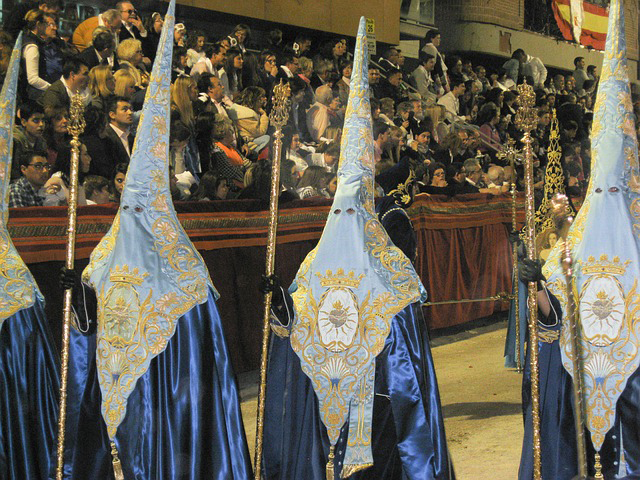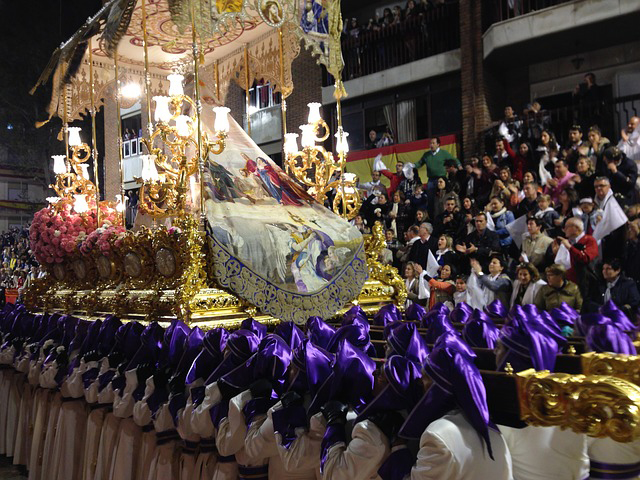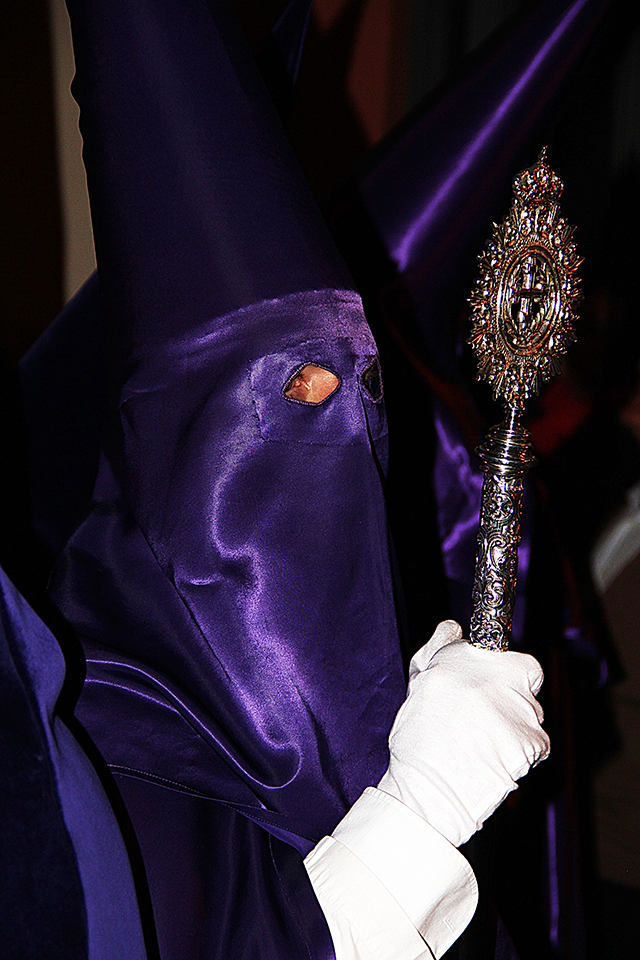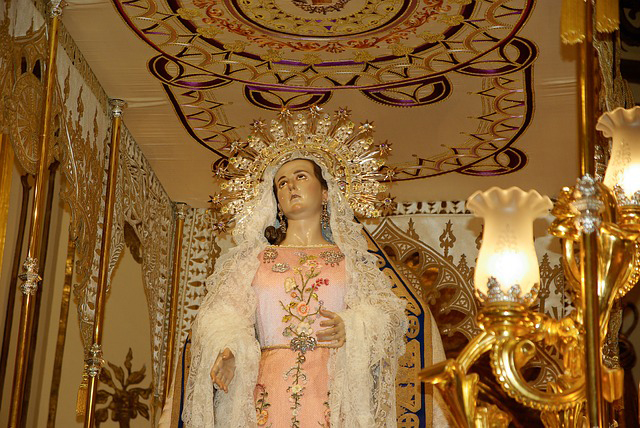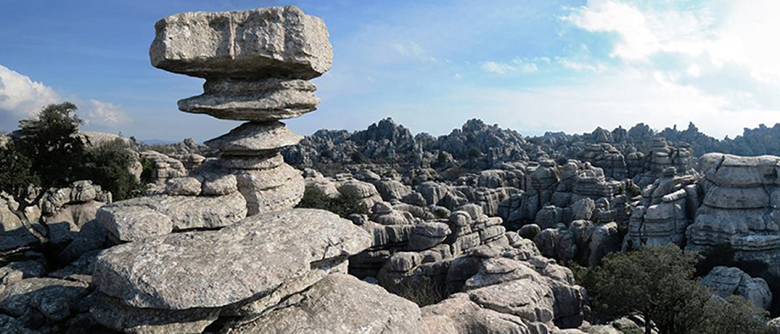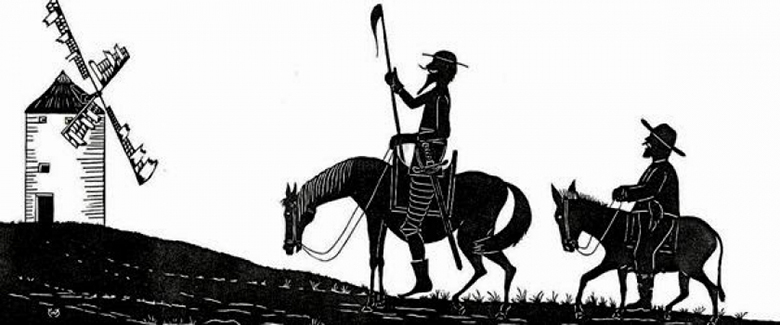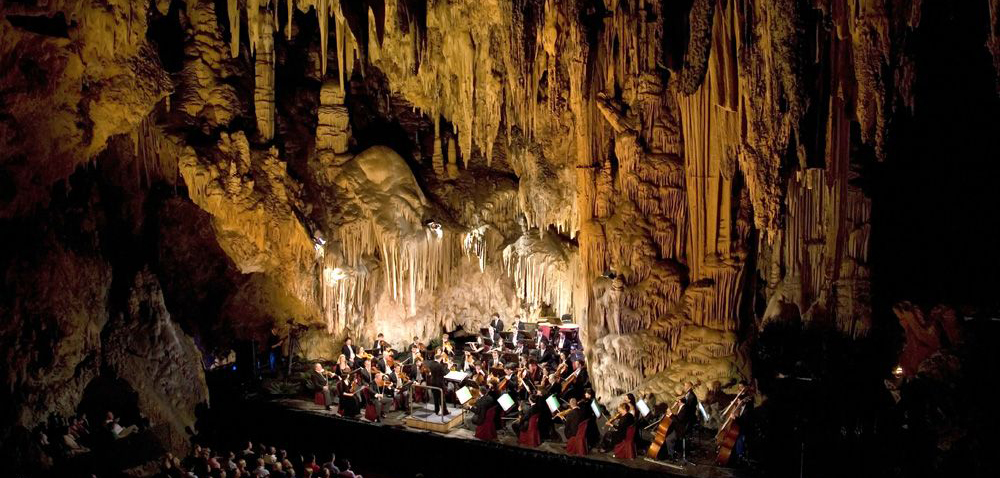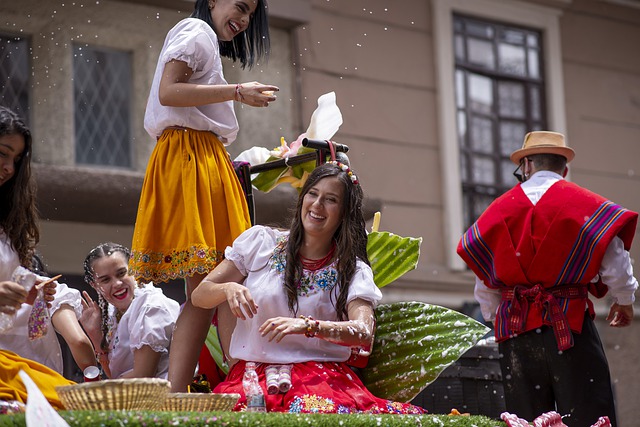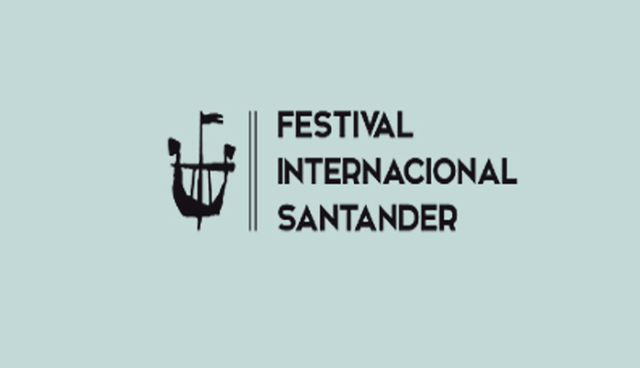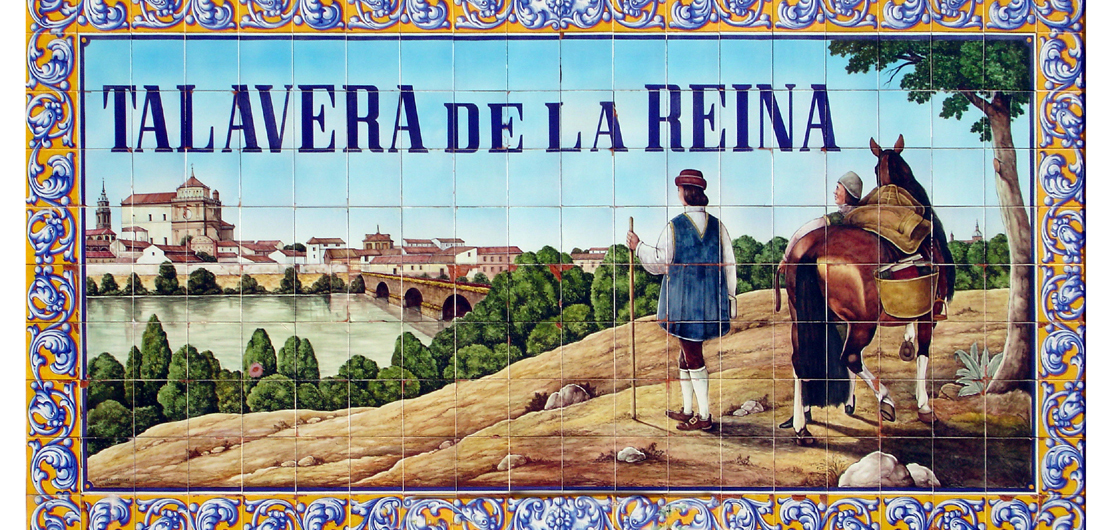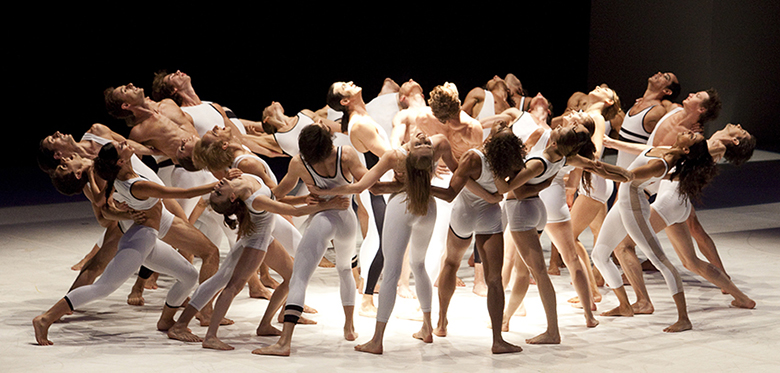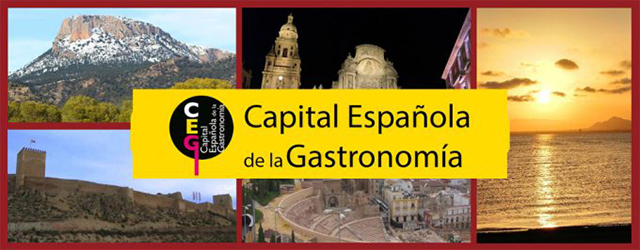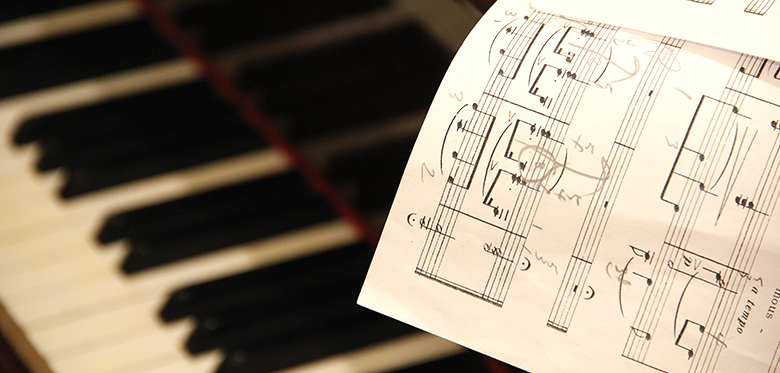Those visiting Spain during the week before Easter will witness a country in complete transformation with one of its most spectacular and traditional events. Semana Santa, or Holy Week, fills the streets all around Spain with the beating of drums, masses of colorful flowers, religious sculpture, and a highly moving atmosphere.
So intense is this weeklong event and so true to Spanish essence, that many will say ‘If you haven’t come to Spain during Semana Santa, you simply haven’t come”.
Penance processions
Semana Santa dates back to the 16th century, when the Catholic Church decided to present the story of the Passion of Christ in a way that all people would understand. It was decided that this would be a series of processions through the streets, depicting the fall and resurrection of Jesus Christ.
Nowadays, Semana Santa relies almost exclusively on the processions of the different Catholic religious brotherhoods or fraternities. The style and mood of Semana Santa varies from place to place, but some basic components remain the same wherever you are.
One is the nazareno, or penitential robe with a pointed hood, used by some participants in the processions. Nazarenos were widely used in the medieval period so wearers could demonstrate their penance while masking their identity.
Another is that every brotherhood carries magnificent pasos, or floats with religious sculptures that are usually accompanied my marching bands. In some cases, brotherhoods have preserved these pasos for centuries.
Finally, each day during Semana Santa there are a number of processions (one from each brotherhood in the city or town). The heavy pasos are carried by the brotherhoods from their church to the cathedral and back again. This is where the similarities end.
The many faces of Semana Santa
Semana Sanata celebrations are different depending on where you are, and some cities or regions are especially well known for their festivities. The celebration is at its most extravagant in Andalusia, especially in Granada, Seville and Malaga. This is where most travellers initially aim to visit if they want to see Semana Santa. As a result, hotels are booked in advance – sometimes years in advance.
However, many Spaniards say that the true Semana Santa is in the region of Castilla-Leon. Here in the city of Zamora, Gregorian chanting provides an incredible atmosphere for nighttime processions. And in Valladolid, the religious statues are actually priceless works of Baroque art.
For those seeking more than just processions during Semana Santa, take your group to Cuenca to enjoy Religious Music Week festival, or to Albacete for the tamborada, when the sound of 20,000 drums invades the town.
When planning your trip
If none of these destinations are on your agenda for Semana Santa, don’t worry. The week is celebrated in literally every city, town and village all over Spain, so wherever you are planning to go with your tour group there will be something special to see. Semana Santa in 2016 takes place from March 20 to 27.
